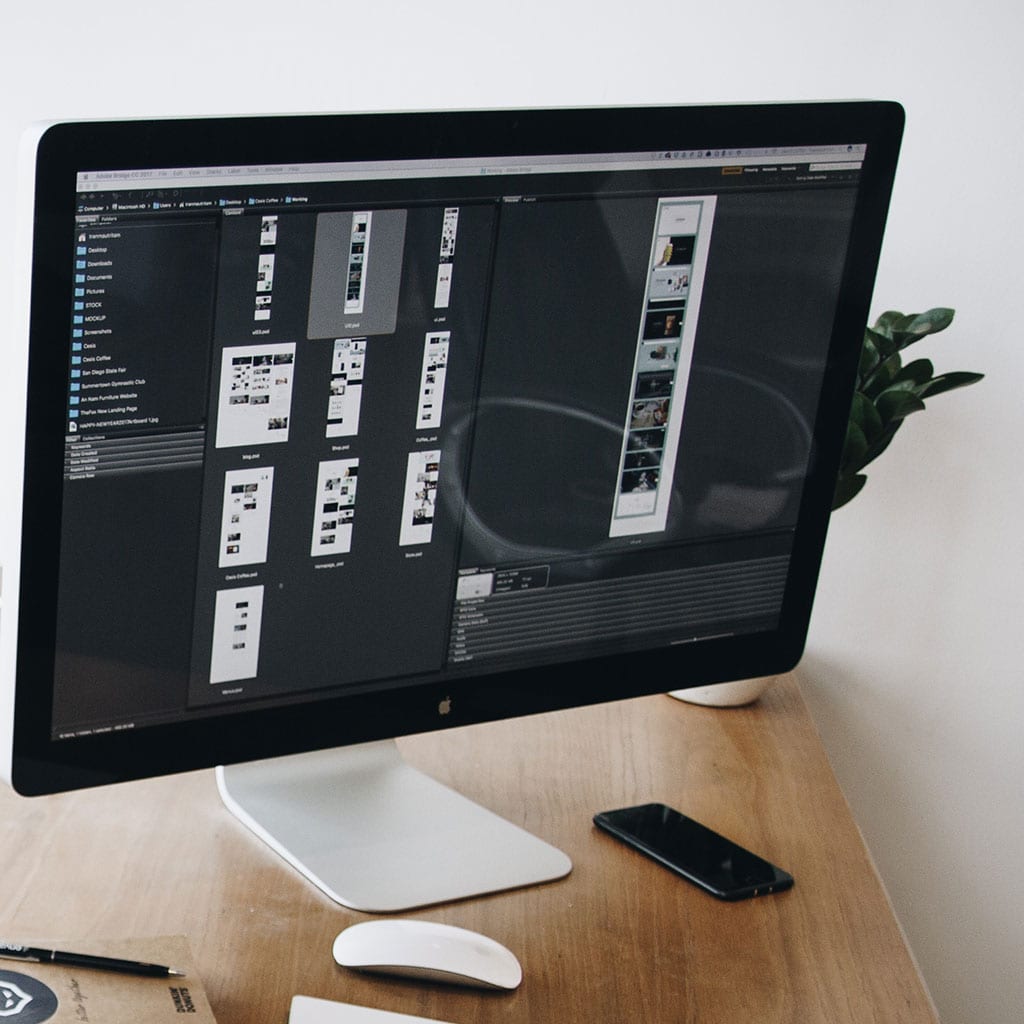Does iMac have camera?
Does iMac have camera?
In this article, we’ll delve into the details of the iMac’s camera functionality, exploring its specifications, potential applications, and how users can make the most of this built-in imaging tool.
Does the iMac have a built-in camera to capture all your epic moments?





You must be logged in to post a comment.